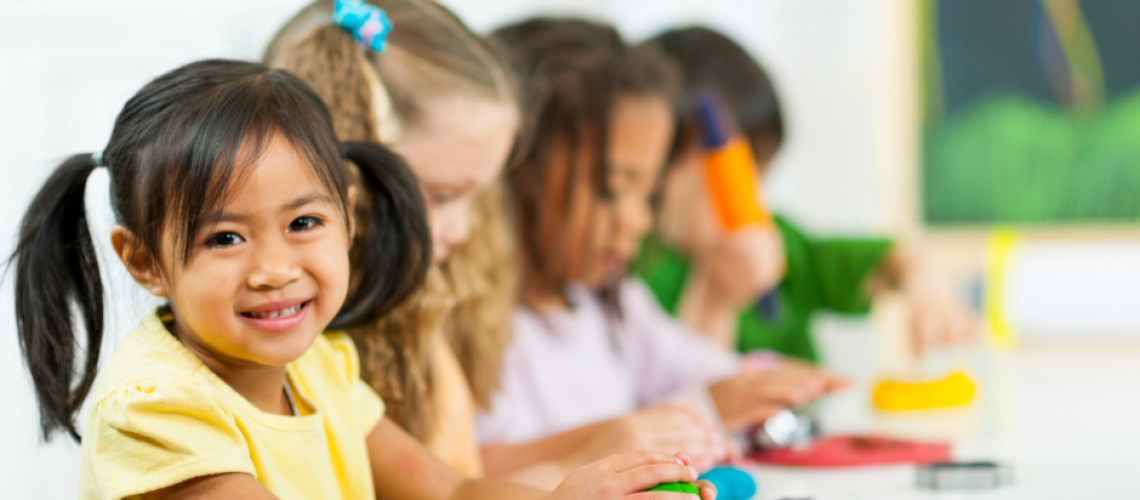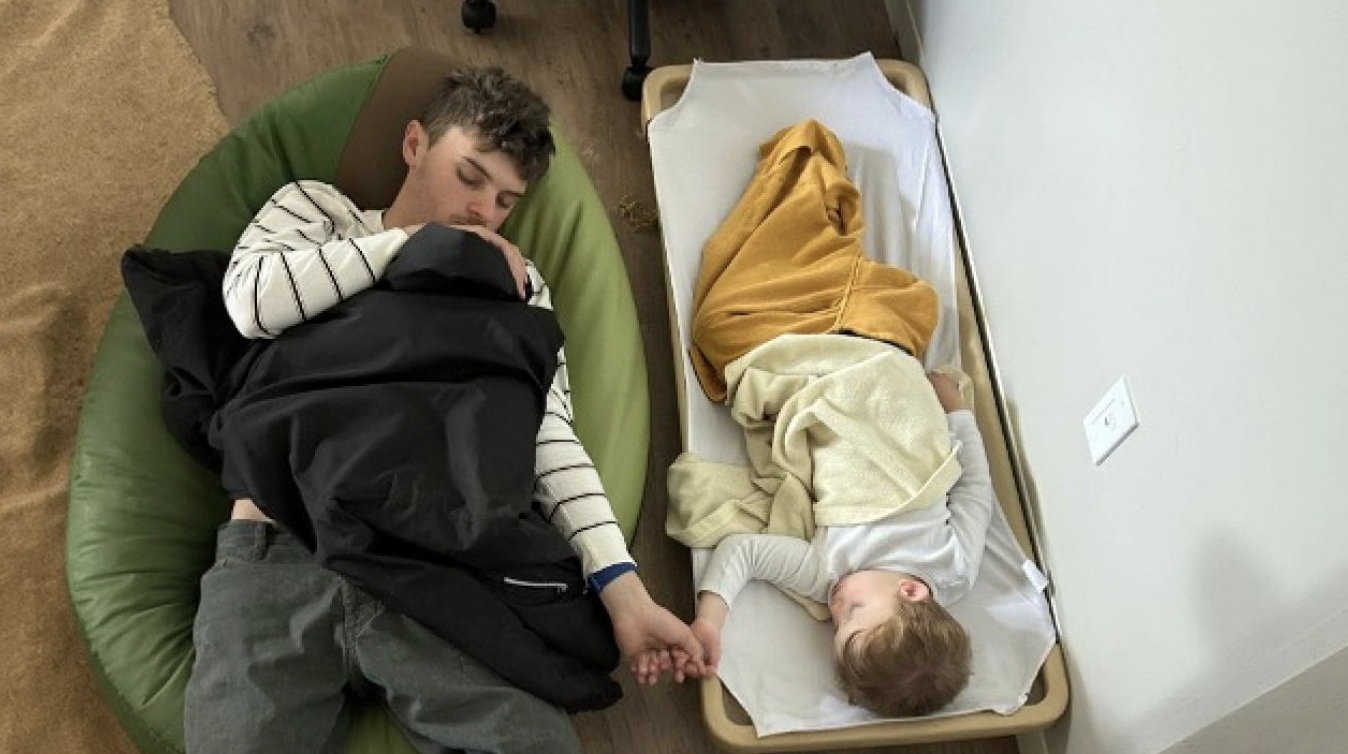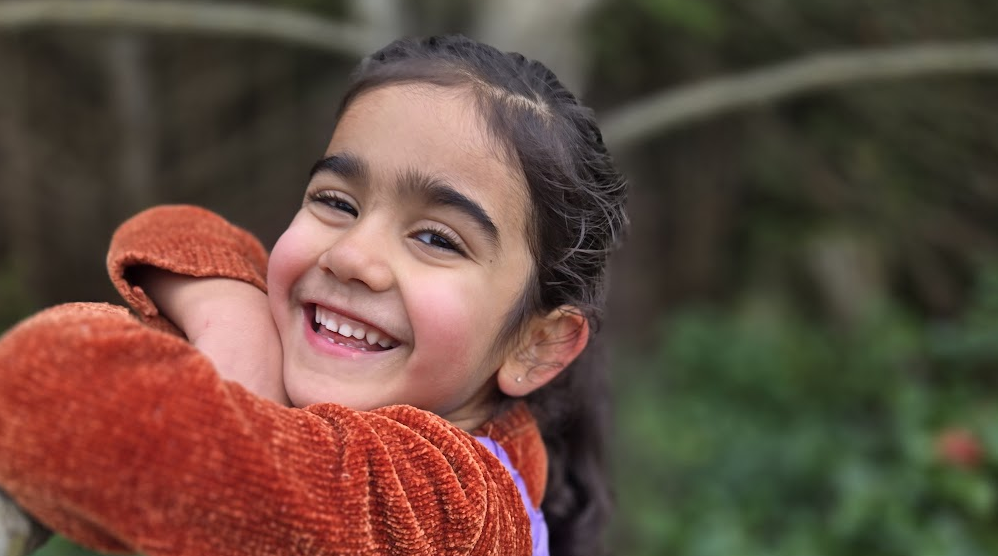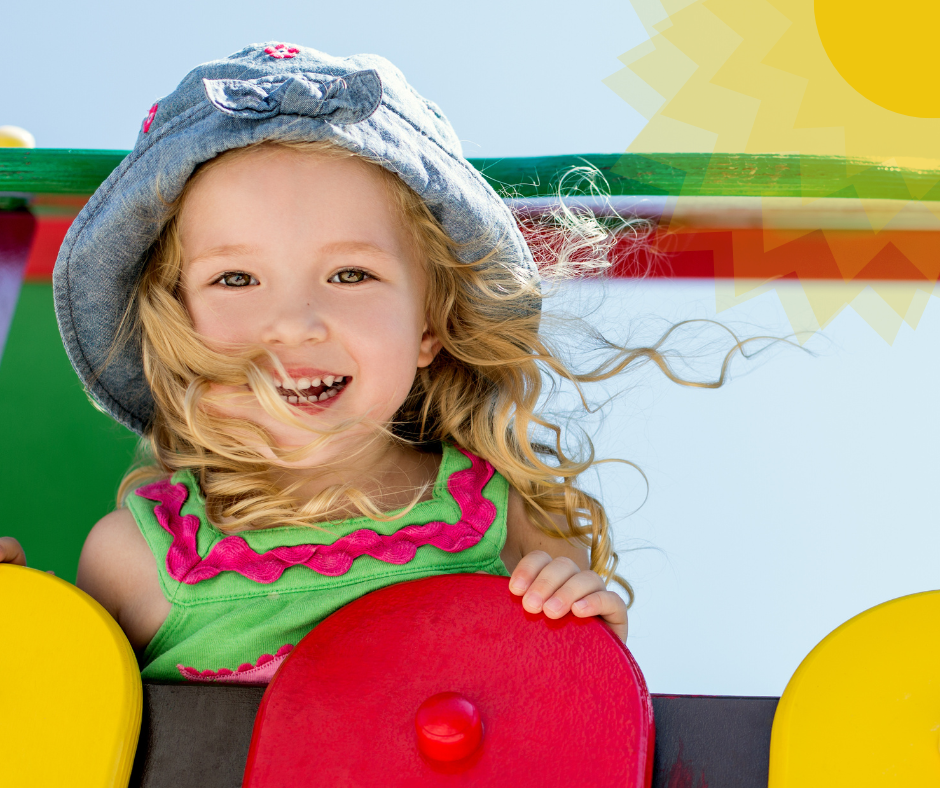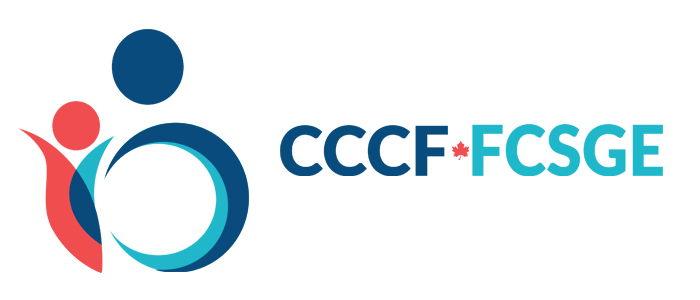This article is reproduced with permission from www.hanen.org, The Hanen Centre.
When a child is not developing language as expected, many parents are encouraged to enroll their child in an early childhood setting. The reason given is that their child will benefit from the language they hear in the classroom, both from the teachers and from the other children.
But in order to learn from their peers, children with delayed language skills need to interact regularly with children with stronger language skills. Researchers wanted to see if this was happening in inclusive preschool classrooms, which include both children with typical skills and children with delayed development. They looked at whether children with delayed language skills were interacting with peers with strong language abilities, or whether they were playing mostly with children with language skills similar to their own.
For children who need help with language development to benefit from peer language input, they need to be near each other and playing together. This is possible when activities and materials are provided that encourage social play and are appropriate for children with varying language and play abilities.
Who are children interacting with at preschool?
To answer this question, researchers from Ohio State University and Lehigh University studied children’s “peer language resources” [1]. A child’s peer language resources is the amount of language they are exposed to through their interactions with their regular playmates.
The study included 448 children in 58 inclusive preschool classrooms, and 178 of the children had identified disabilities (including speech-language impairments, autism, developmental delay, and other diagnoses).
The researchers:
- measured all of the children’s language skills
- collected information about who each child played with regularly
- used this information to calculate each child’s peer language resources
- looked at how much these resources influenced each child’s language growth during the school year (between October and March)
Here’s what they discovered:
- There was a lot of variety in children’s peer language resources, even within the same classroom.
- Children with stronger language skills were interacting with peers with stronger language skills (they had more peer language resources).
- Children with weaker langauge skills and children with disabilities were interacting with peers with weaker language skills (they had fewer peer language resources).
Peer language resources had a bigger effect on the language growth of children with disabilities than it did for other children.

Who children interact with has an impact on their language input
Children with stronger language skills had more peer language resources because they were spending more time with children with strong language skills. Children with weaker language skills had fewer peer language resources because they were spending their time with children with language skills similar to their own. This means that even though some of the children in a classroom have strong language skills, children with delayed language skills may not benefit from their input if they are not interacting with them regularly. Interestingly, even though children with disabilities had access to fewer peer language resources, further analysis by the researchers showed that language input from peers made a bigger difference in their language growth over the year than it did for other children. This means that children with lower language abilities may benefit more than children with stronger abilities from having highly verbal classmates.
How can we support children with delayed language in the preschool classroom?
This study shows us that we can’t assume that a child with delayed language will benefit from their more skilled peers just by being in the same classroom. There’s a good chance they will interact with other children who don’t have strong language skills.
The authors of this study suggest that teachers can promote the language development of children with disabilities by encouraging interactions with peers who have strong language skills [1].
There are many ways to encourage interaction between children with different language abilities. One way is to choose materials and activities that encourage interaction and that all children can enjoy.
Provide activities that encourage children with different abilities to interact
For children who need help with language development to benefit from peer language input, they need to be near each other and playing together. This is possible when activities and materials are provided that encourage social play and are appropriate for children with varying language and play abilities. Once children are in the same space using the same materials, there will be opportunities for interaction and language learning.
Here are some things to think about when selecting classroom activities to promote interaction between children with different abilities [2]:
- Encourage face-to-face interactions
Children who are developing their language skills benefit from being able to see others while they’re interacting (including their peers). Seeing someone’s facial expressions, gestures, and actions helps a child understand their messages and tune in to what they’re saying. By positioning children so they are face-to-face, they can benefit from these nonverbal cues. They can sit across from each other during snack or while sitting at a creative table. Moving water or sand tables away from the wall enables children to stand on either side, facing each other. Making sure there is ample space in other activity centres so that children can play facing each other (instead of beside each other) also encourages face-to-face interactions.
- Set up an environment that brings children together through shared interests
Children need to be near each other and engaged in the same activity in order to interact and learn from each other. We can look for children’s shared interests when thinking about how to group children together. For example, one child may enjoy pretending with vehicles (like pretending cars are going to the car wash), while another child may enjoy pushing cars back and forth along the floor. Even though these children play with cars differently, they share an interest in cars. Setting up some cars near materials to make a car wash can encourage both children to play in the same space with similar toys.
- Provide a variety of toys and props for all developmental levels
Children with delayed language skills sometimes also have delayed play skills. We can adapt activities for children with different play abilities by including a variety of toys and props in activity centres. For example, a child who is new to pretending may need realistic props in order to pretend. Ensuring there is a mix of both realistic and open-ended props in the dramatic centre can encourage children with a variety of pretend play and language abilities to have fun together. If the dramatic centre is set up as a grocery store, it could include some real food packaging (e.g., empty cereal boxes) and real coins, as well as some open-ended props like shoeboxes, Tupperware or small blank pieces of paper (to use as paper money).
- Provide duplicate toys
Having duplicates of toys available makes it more likely children will imitate each other. Imitating is an important way children learn new things (such as language and play skills). When they’re doing the same thing and using language while they play, there are opportunities for children to hear the language that matches their play interests. Think about having duplicates of toys in the sandbox and water tables (multiples of cups, shovels, etc.), at the creative centre (multiple pots of playdoh and tools), and duplicates of floor toys (vehicles, dolls, etc.)
- Encourage interaction through outdoor group activities, physical play, and large equipment
Certain activities and equipment tend to bring children together and can accommodate children with a variety of language abilities. Running around outside, sliding down the slide, or climbing on the playground structures are activities children can do together, regardless of their language abilities. Similarly, certain types of large indoor equipment can promote interaction just by encouraging children to be in the same space. Examples include rocking boats, indoor slides, large playhouses or tents, couches in the book centre, or large vehicles with seats for several children. These types of activities and equipment usually encourage play with very simple rules (if any) with limited language demands, which helps children with different language abilities participate together and interact.
For more information and resources for supporting peer play in early childhood settings, visit www.hanen.org.
References
- Chen, J., Justice, L. M., Tambyraja, S. R., & Sawyer, B. (2020). Exploring the mechanism through which peer effects operate in preschool classrooms to influence language growth. Early Childhood Research Quarterly, 53, 1-10, https://doi.org/10.1016/j.ecresq.2020.02.002
- Weitzman, E. & Greenberg, J. (2002). Learning Language and Loving It™: A Guide to Promoting Children’s Social, Language and Literacy Development in Early Childhood Settings. Toronto: The Hanen Centre.


